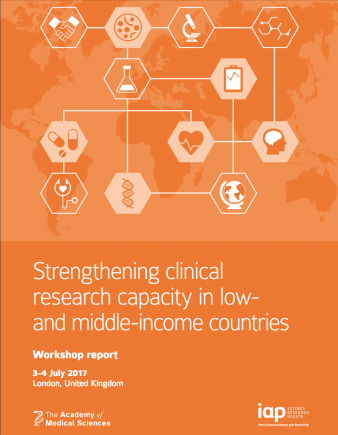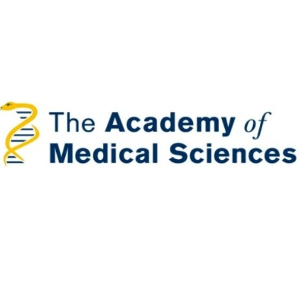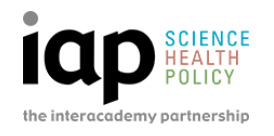This report by the Academy of Medical Sciences and IAP for Health identifies a number of key gaps and barriers in clinical research capacity across the different regions of the world and potential opportunities to further strengthen clinical research in low- and middle-income countries (LMICs).
Key Context
See here for a short animation that presents the report's key findings.
A wide range of skilled individuals is essential for the development of clinical research and the translation of this knowledge into improving health. Despite the World Health Organization’s (WHO) declaration in 2004 that ‘well planned health research is fundamental to the improvement of health in all countries’, the reality remains that the vast majority of clinical research continues to be designed by and conducted on a small minority of the world’s population living in high-income countries.2 In order to strengthen clinical research in any country or geographic region, an important starting point is to understand the existing capacity of trained and active clinical researchers within that area. Such information can help develop policies and interventions to strengthen clinical research capacities.
Medical and health research councils in low- and middle-income countries (LMICs) have recognised a lack of expertise in health economics, epidemiology, anthropology and health policies coupled with a shortage of staff with statistical, analytical and managerial skills. These limited capacities pose a serious challenge for the effective translation of clinical research questions, the development and implementation of comprehensive research proposals and the ability to oversee complex clinical research project.
In the discussions and regional breakout sessions of this workshop held at the Academy of Medical Sciences in London, participants discussed key gaps and barriers to clinical research, notable successes, opportunities to address the gaps and barriers, and finally collaborations to improve clinical research in LMICs. Using the outcomes from these discussions, participants identified several key themes that could contribute to progress in this important field.


